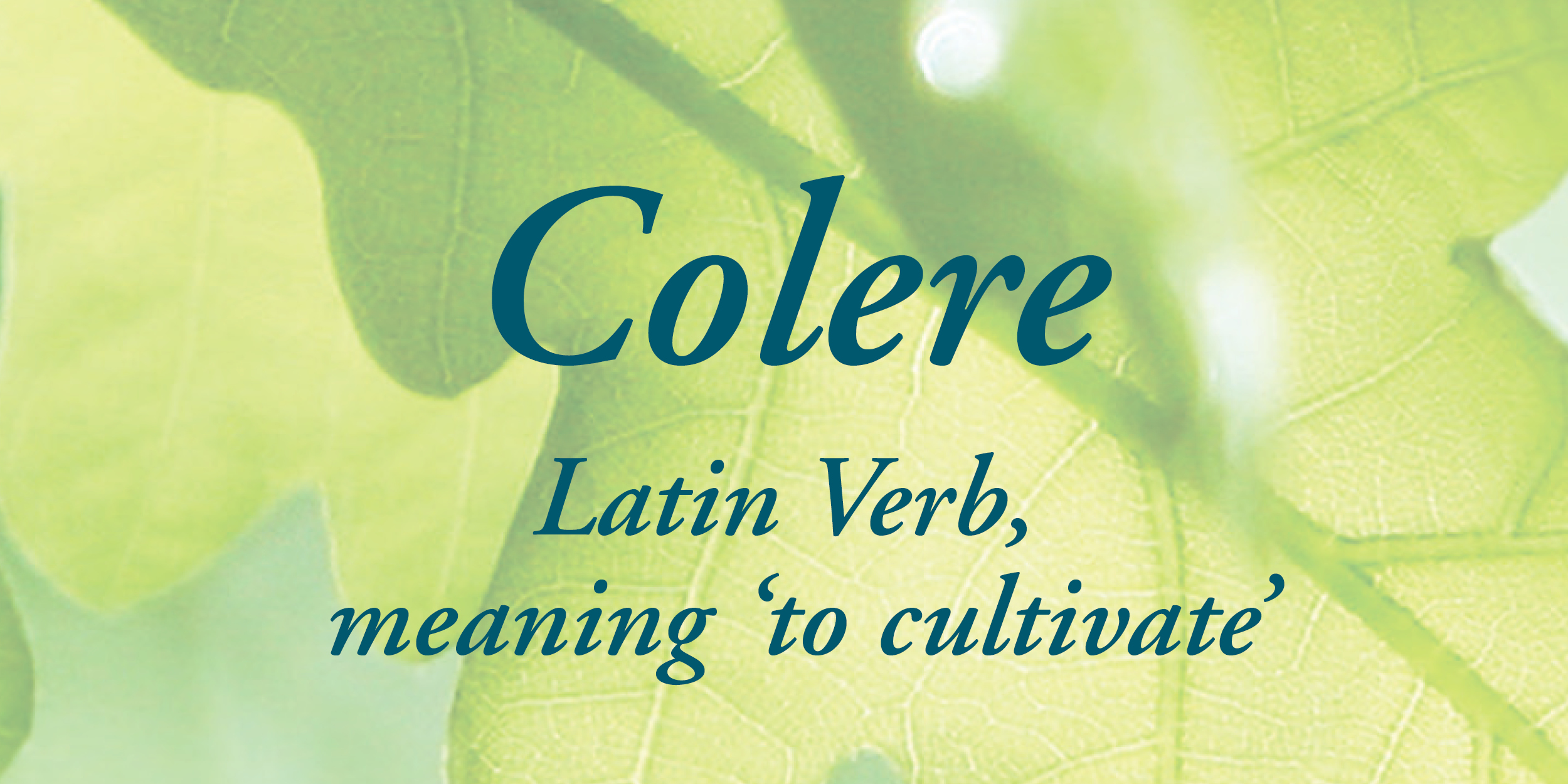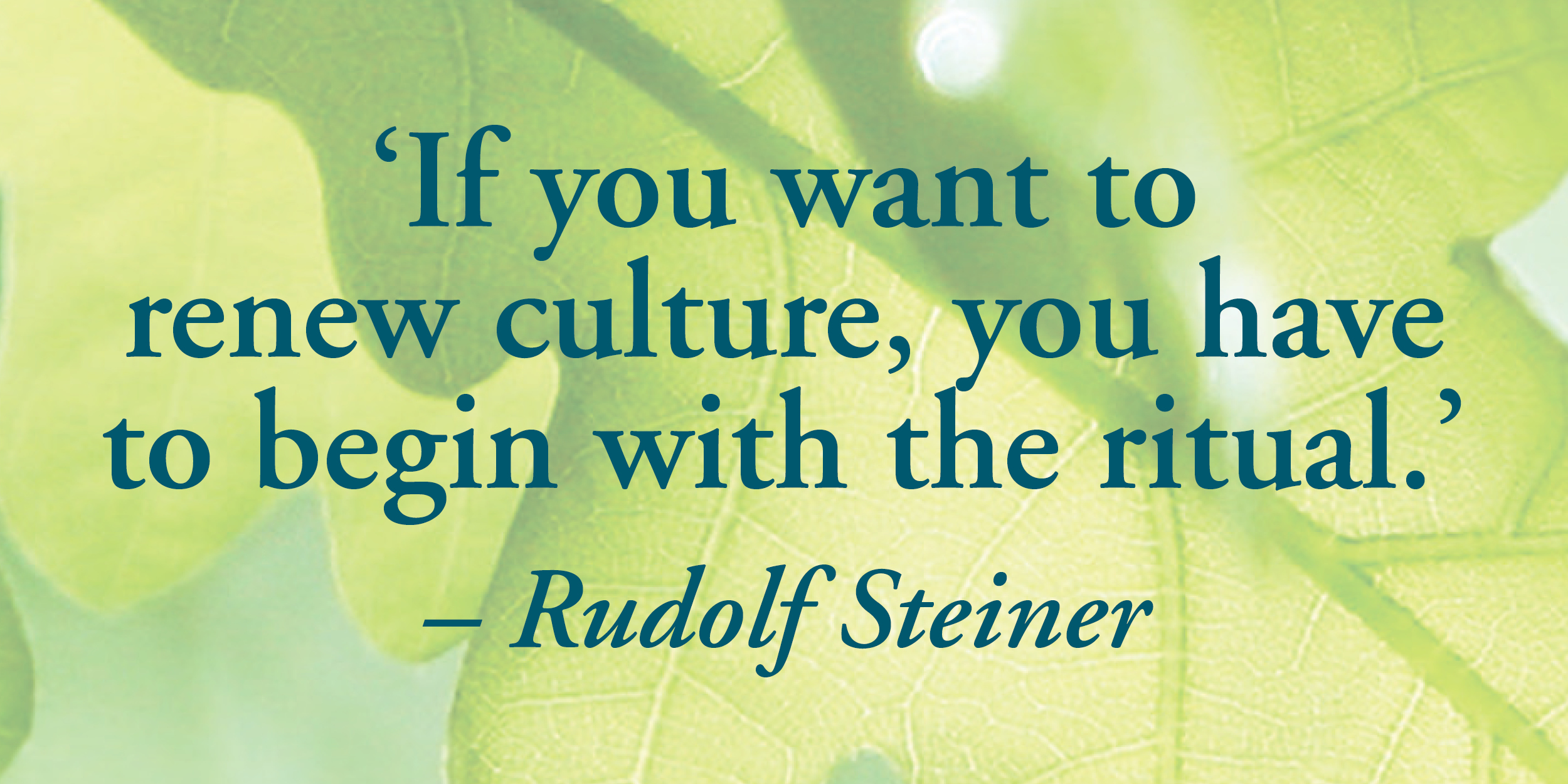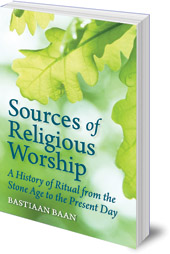What is ritual?
by Floris Books • 26 July 2018 • Bastiaan Baan, Philosophy of Human Life, Religion, Sources of Religious Worship • 0 Comments
Different forms of religious worship and ritual are present throughout the development of human beings, from early stone-age ritual, nature religion and ancestor worship, to faiths from which Christianity and the Eucharist emerge.
In his latest book Bastiaan Baan explores the origins and metamorphosis of human religion, examining its significance for human life on earth and in the spiritual world. Read on for an edited extract from Sources of Religious Worship, where Baan asks the question, “What is ritual?”
Wherever you look in the history of humanity, every culture, every time period, every country has had its own forms of ritual. Our words ‘culture’ and ‘cult’ (original meaning: divine service, worship) come from the Latin verb colere, which means cultivating the earth.
No culture ever developed without ritual. In many cultures we can follow this development exactly. In the ancient theocracies, life in society was organised and guided from temples and mystery places. The altar was experienced as the place from which human beings derived their right to exist. ‘Stronger than an impregnable fortress is the altar,’ says an old Greek proverb. And in the Jewish tradition the worst idea of destruction was that the Holy of Holies would be abandoned and fall into illegitimate hands, surrendered to heathens on the day that the daily offerings would be suspended (Dan.12:11).

Ritual has its roots in the priesthood of the angels, for in the spiritual world stands the invisible altar where day and night the hierarchies bring offerings and worship God. The earthly priesthood is no more (but also no less) than a shadow of this. The spiritual world can inspire earthly ritual and, through the priest, help carry and order life on earth. The task of the priest is to build a bridge between heaven and earth: hence the title pontifex, which means bridge builder. Old forms of organisation in society were therefore generally viewed as reflections of the order of the hierarchies in heaven. (The word ‘hierarchy’, derived from Greek, means holy order.) In its original, pure form, the ordering of society always took place in accordance with the fundamental esoteric law of analogy: As above, so below. The fact that this law was corrupted in the course of history and is no longer of our time, needs no further amplification.
In our time ritual content and individual freedom can go together. But separated from spiritual reality, without the help of heavenly liturgy, earthly ritual remains a human piece of work.
Martha Heimeran (1895–1965), one of the founders of the Christian Community […] said to Steiner, ‘I want to commit myself to the renewal of culture.’ Steiner’s answer was, ‘If you want to renew culture, you have to begin with the ritual.’
About the Book
Bastiaan Baan traces the origins and metamorphosis of human religion in historical, theological and humanistic terms, examining its significance for human life on earth and in the spiritual world.
Sources of Religious Worship is available now.



